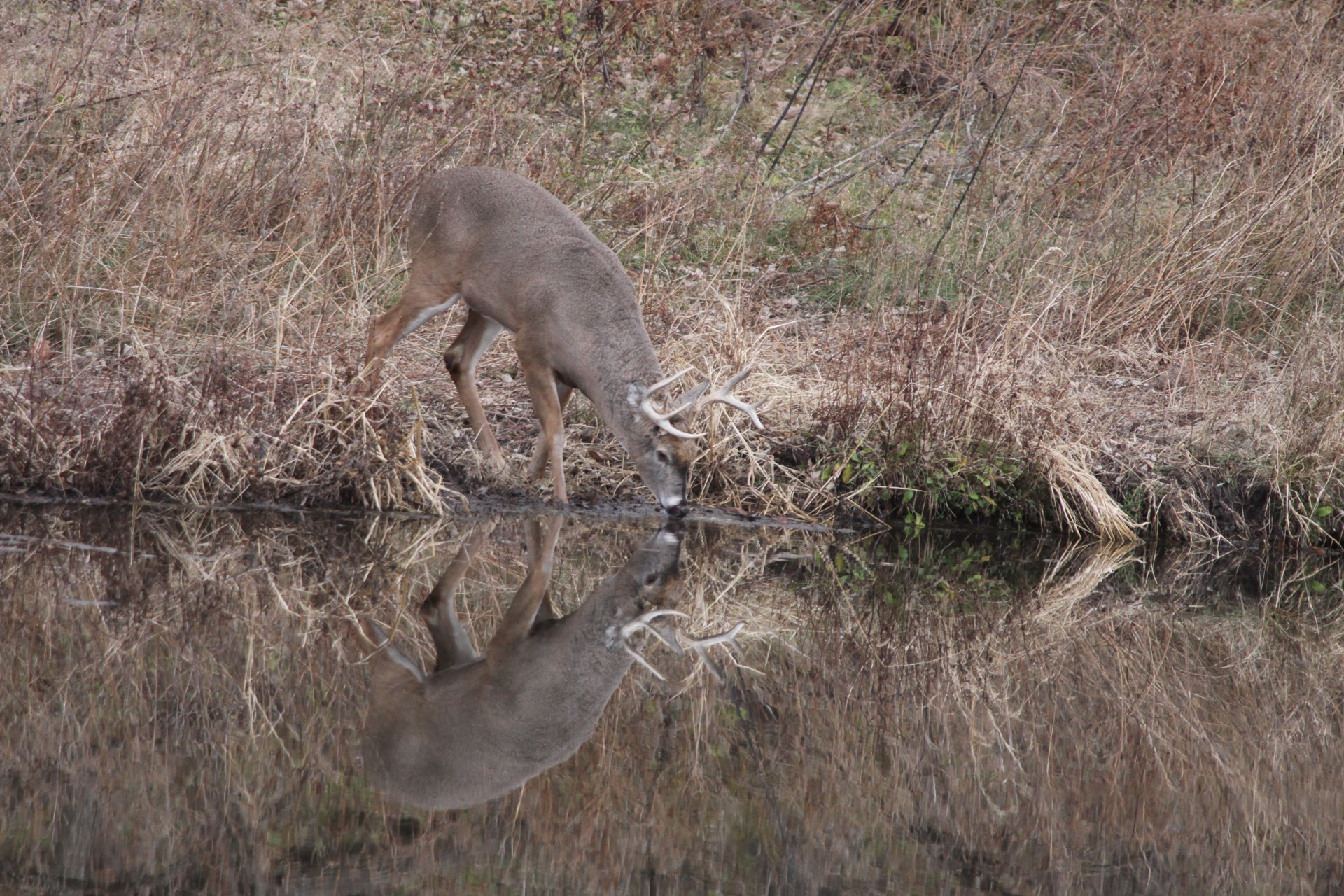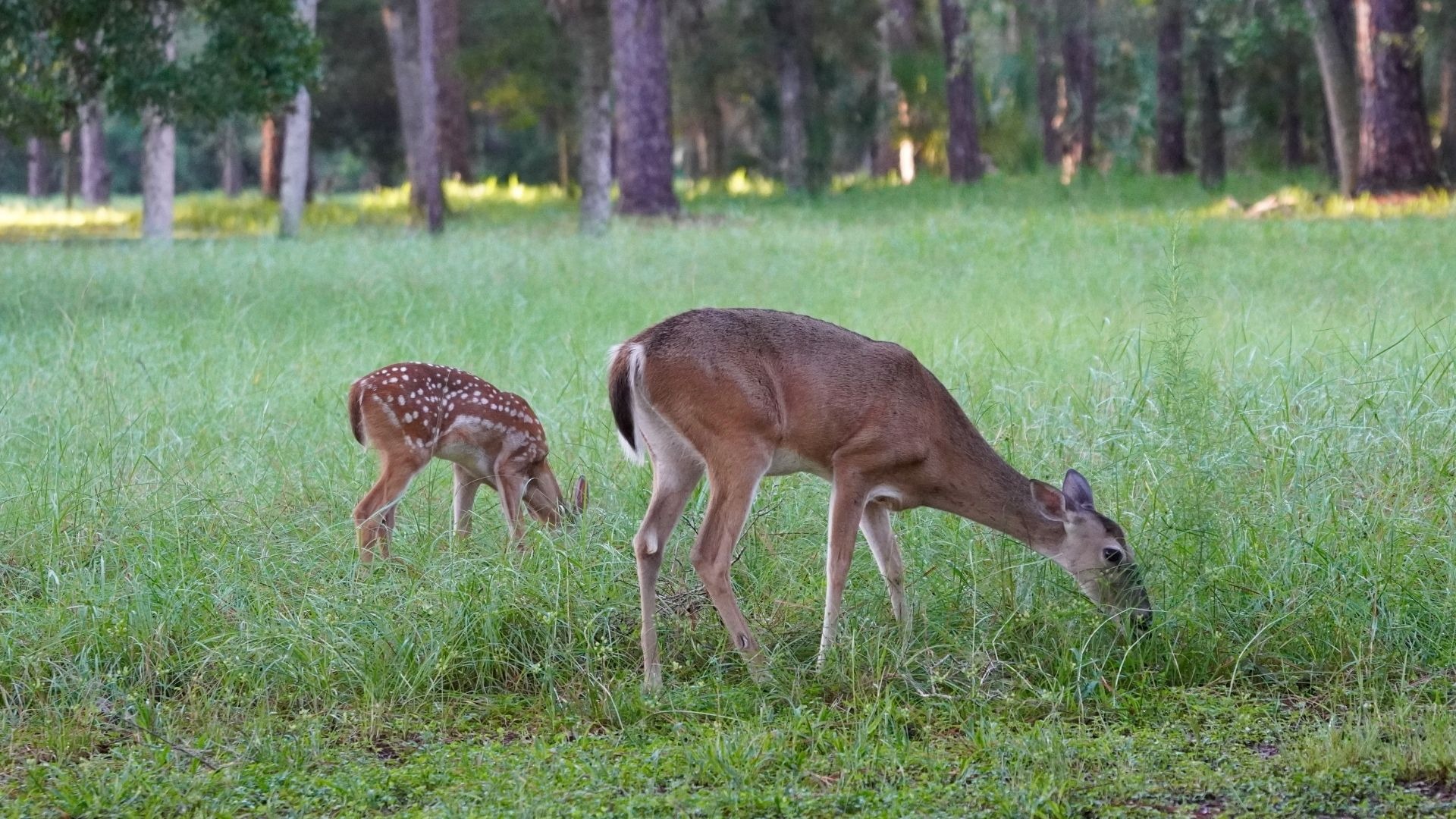These popular topics are heating up. Explore today's most viewed pages.
White-tailed deer are common in the Midwest but how much do you know about these agile herbivores?

DID YOU KNOW ...
White-tailed deer begin preparing for winter by shedding their summer coat and replacing it with a heavier
winter coat. During a cold snap, they can make the hairs of their fur coat stand erect, which traps air near the skin and increases the insulation value of their winter coat. This is akin to people wearing fluffy coats to
stay warm.
Deer store most of their fat reserves during the summer months because the twigs they eat in the winter lack the nutritional value of green vegetation.
Only male deer or bucks grow antlers. Antlers are the fastest growing tissue on earth. A white-tailed buck's
antlers can grow up to a 1/2-inch per day.
White-tailed deer use their tails to communicate with other deer. If a deer senses danger it will raise its tail as well as stomp the ground and snort.
The muscles in a deer's head allow the deer to turn its ears in any direction with out moving its head.
Experts believe that a deer's hearing is so sensitive that it can determine the distance of a sound.
The term "buck" comes from the American frontier-days when the skin of a male deer was worth one dollar or a "buck."
Deer can live up to 11-years in the wild. If they don't fall victim to a predator or hunter at this age their teeth start to wear out and they can no longer eat.
